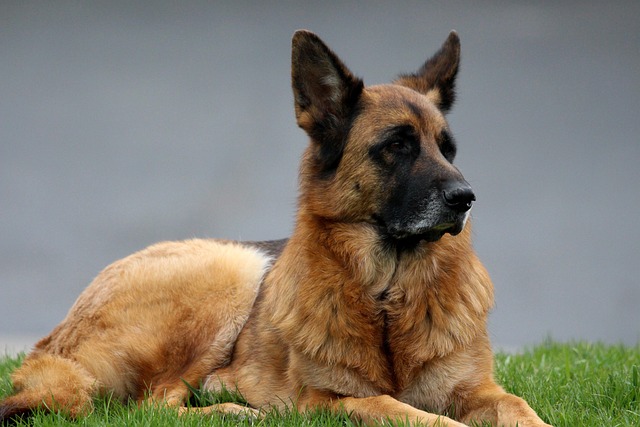
How to train Belgian Malinois puppy?
Your Belgian Malinois puppy probably bounces off the couch, chases every squirrel in the yard, and soaks up new things faster than you can keep up—they’re smart, high-energy, and crave purpose.
Finding a surprise pile on the living room rug never feels good, but scolding your dog afterward won’t fix the problem—they won’t connect the punishment to the old mess. The key is consistency, not frustration, and starting with a schedule that matches their natural rhythm. Puppies under 6 months need to go out every 2-3 hours, right after meals or naps, while adult dogs can hold it longer but still need regular breaks.
I worked with a couple in Oregon last year whose 8-month-old Lab kept pooping in the guest room. Turns out they were letting him out at random times instead of sticking to a routine. Once they started taking him out at 7 AM, 12 PM, 5 PM, and before bed, he stopped having accidents in a week. Pairing those trips with a cue word like “go potty” helps too—over time, they’ll learn to associate it with the action.
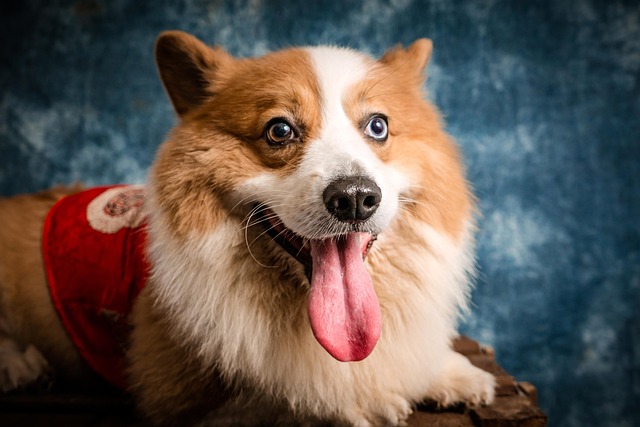 Rewards matter more than scolding, and timing is everything. When your dog poops outside, give them a tiny treat immediately—within 3 seconds—so they link the outdoor behavior to the reward. Skip the big biscuits; small, soft treats work best because they’re quick to eat. Also, clean indoor messes with an enzyme-based cleaner—regular soap leaves traces dogs can smell, making them want to go there again.
Rewards matter more than scolding, and timing is everything. When your dog poops outside, give them a tiny treat immediately—within 3 seconds—so they link the outdoor behavior to the reward. Skip the big biscuits; small, soft treats work best because they’re quick to eat. Also, clean indoor messes with an enzyme-based cleaner—regular soap leaves traces dogs can smell, making them want to go there again.
Don’t forget local laws, either. Places like New York City and Paris fine owners who don’t clean up after their dogs in public, so part of training is teaching them to go in designated spots—like your backyard or a community dog area. Some cities even require dogs to be on a leash when outside, so practice keeping them close during potty trips to guide them to the right place.
If accidents keep happening after a few weeks, check for health issues first. Urinary tract infections or digestive problems can make training harder, and vets in places like Texas or Italy often recommend a checkup before adjusting your routine. Also, avoid confining your dog for too long—crating is useful for short periods, but keeping them locked up all day goes against animal welfare laws in many regions.
Training your dog not to poop in the house is about patience and following the rules—both for your dog’s behavior and local laws. Stick to the schedule, reward the good stuff, and stay on top of cleanups, and you’ll have a housebroken pup who knows exactly where to go. And remember, every dog learns at their own pace—celebrate the small wins along the way.

Your Belgian Malinois puppy probably bounces off the couch, chases every squirrel in the yard, and soaks up new things faster than you can keep up—they’re smart, high-energy, and crave purpose.
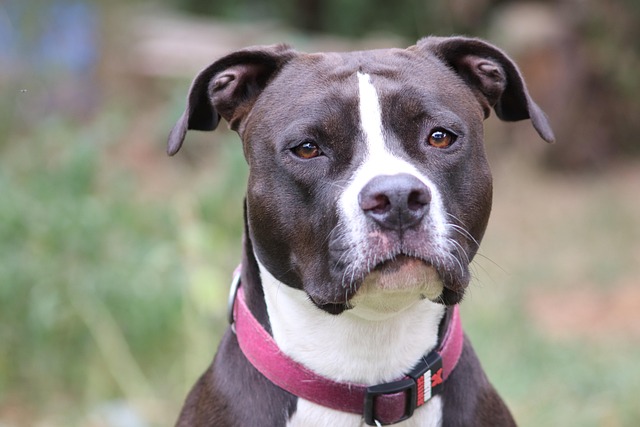
Nothing feels more frustrating than finding an unexpected mess on your rug—but teaching your dog to use one specific spot for potty time doesn’t have to be a battle.

If you’re a new dog parent in the US—maybe you’re sitting on your California apartment floor, staring at your 9-month-old Shetland Sheepdog, Milo

New dog owners often breathe a sigh of relief when they pick a breed that catches on to potty training quickly—no more scrubbing accidents off hardwood floors or rushing out at 6 a.m. in the rain.
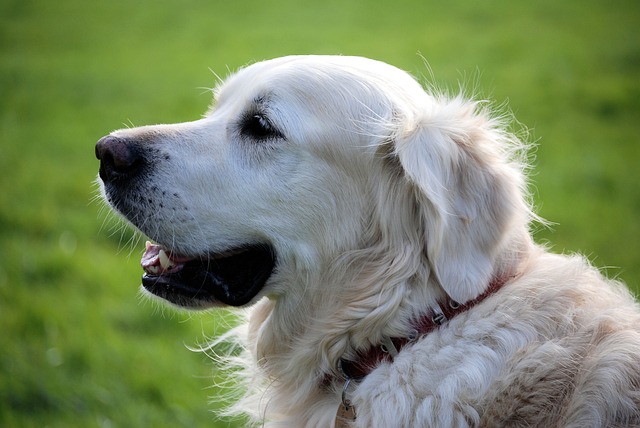
That frantic burst of energy known as the "zoomies" can be amusing, but when your dog is constantly bouncing off the walls, it becomes a real challenge.
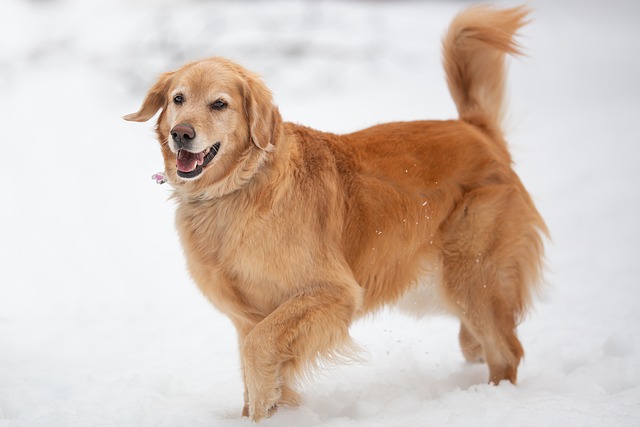
Lots of new Golden Retriever owners wonder if potty training their pup is going to be a huge hassle. The short answer? It depends on consistency more than the breed itself.